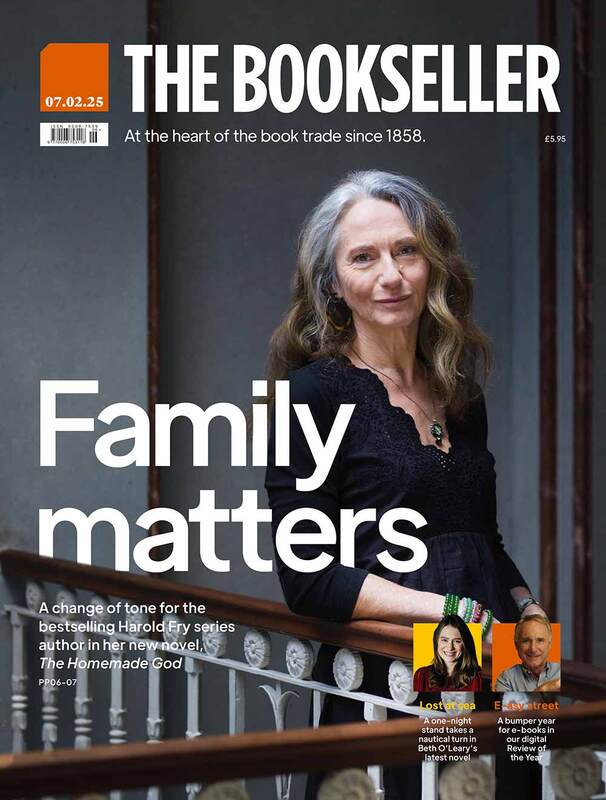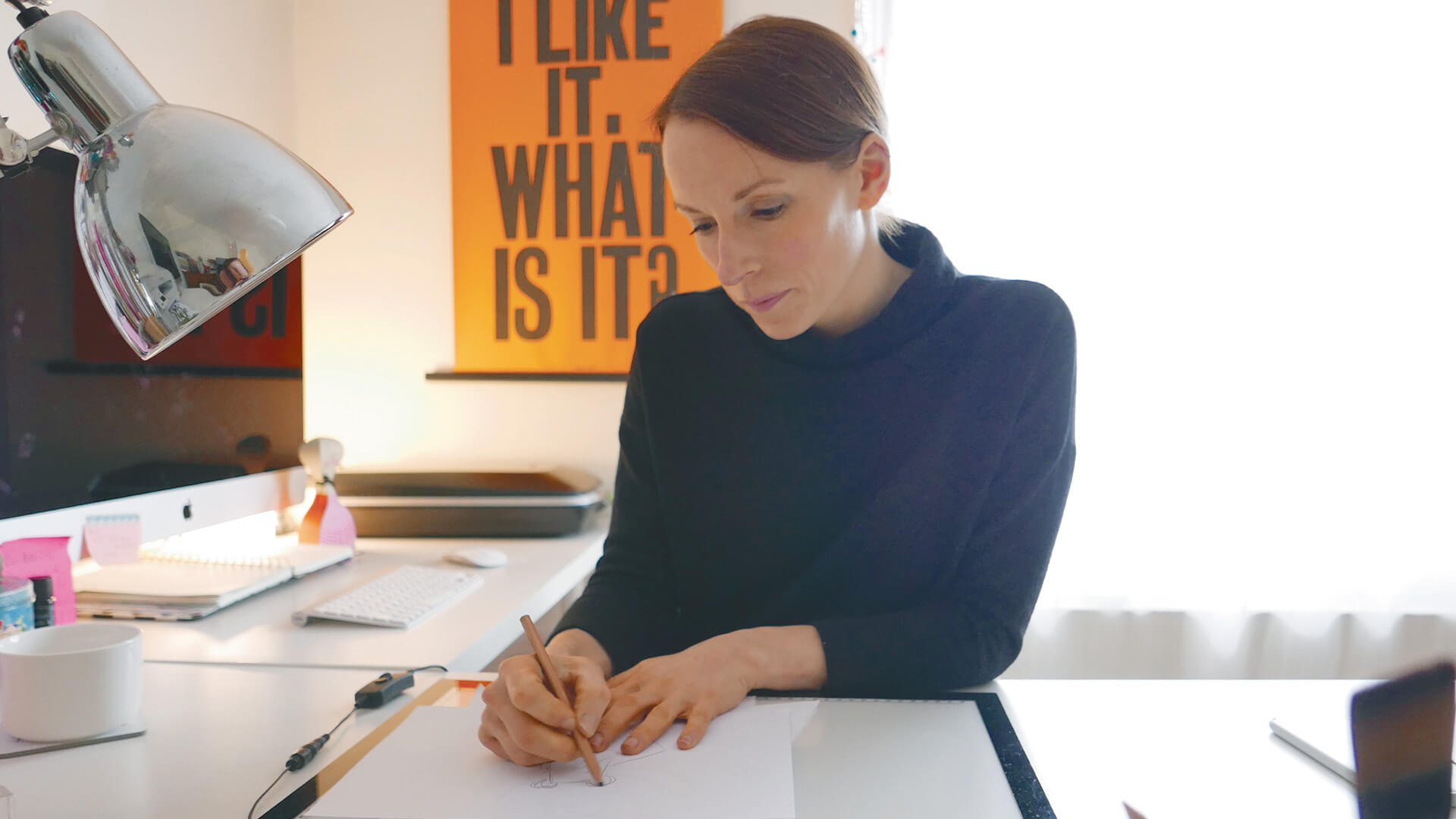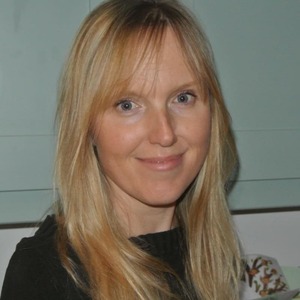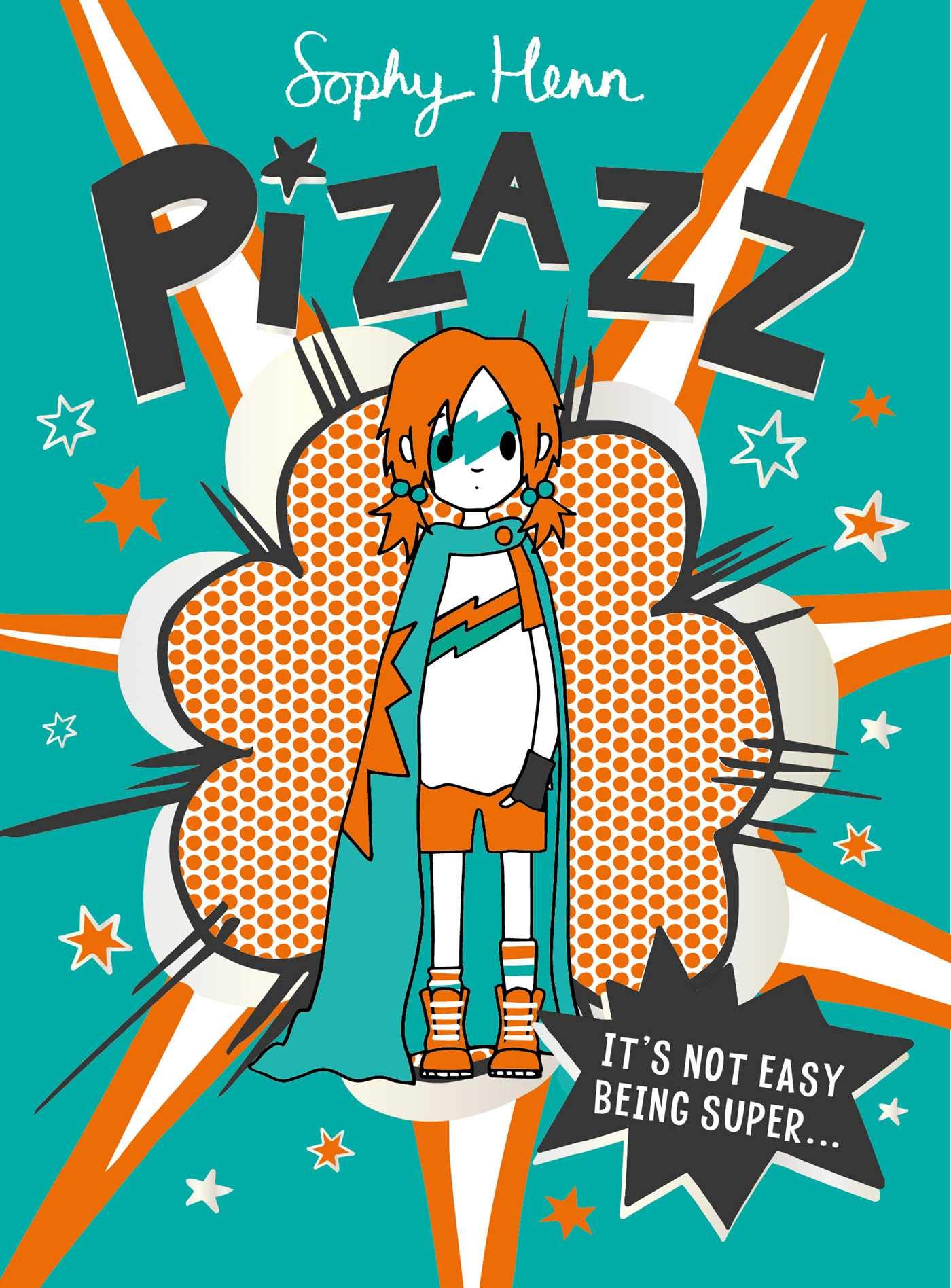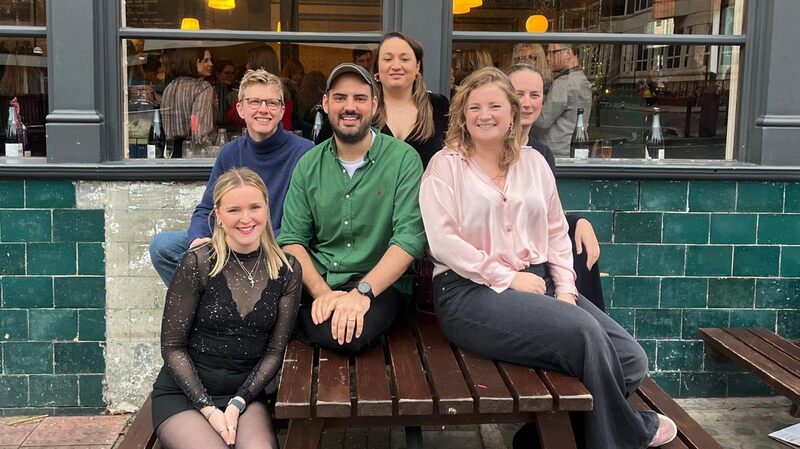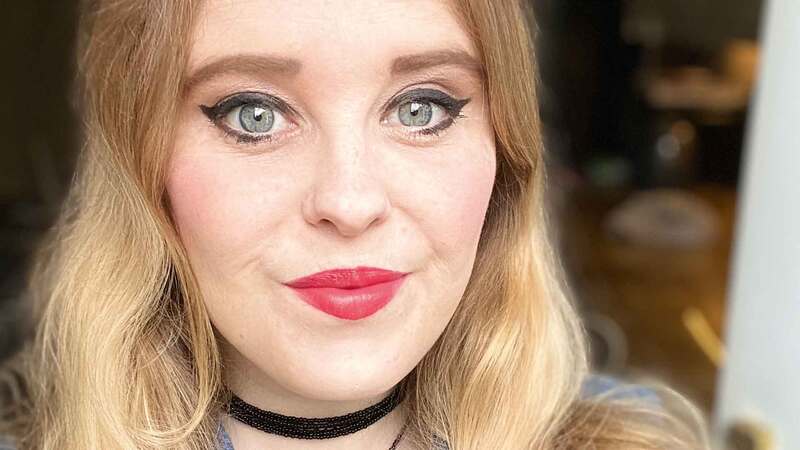You are viewing your 1 free article this month. Login to read more articles.
Sophy Henn on picture books and a new type of superhero
Not all heroes wear capes but Sophy Henn’s newest protagonist, Pizazz, certainly does... and it is glittery
All of my books are little letters to my daughter at a younger age,” Sophy Henn tells me, speaking from the studio where she works in her Sussex home. The author and illustrator of picture books such as Where Bear?, the Ted board books and Bad Nana young fiction series has recently moved to Simon & Schuster in a new six-book deal. First up is Pizazz, a funny, heartfelt and highly illustrated series about a reluctant girl-superhero who is juggling the trials of everyday life with her super alter-ego. Pizazz is nine and has just moved to a new town. Finding new friends and fitting in at school is a tricky business when you have to wear a glittery cape every day and defeat the bad guys before breakfast. Between school life and super life, Pizazz is dealing with her family and trying to work out just who she is. And to top it all, her super power is really embarrassing... A fresh take on young fiction, Pizazz is funny, heartfelt and a real visual treat.
The character originated in a comic Henn created for her daughter. “It was an antidote to all the pink, very image-focused books out there,” she explains. She wanted to address the perfectionism that so many girls experience—“there’s an unconscious pressure being put on them to super excel”—and to send a reassuring, empowering message that it’s OK to be yourself. Born into a family of shiny superheroes, Pizazz is questioning it. “She’s a little bit scruffy, she’s gets things a bit wrong.”
What I loved about that, and what I’ve tried to do in my picture books, is that sense of rhythm and the beautiful illustration, full of lovely detail
Henn wrote with girls of eight to 10 in mind. “You’re becoming really aware of who you are, where you fit in the world and what people expect of you.” The book plays with the idea of being “super” while at the same time wanting to fit in and be normal. “That’s what girls of that age are going through: fitting in and standing out. You want to be exceptional at something, but you want to fit in with your peers.” The superhero framework cleverly exaggerates and mirrors this.
Like all of Henn’s work, Pizazz began life sketched by hand, her tools a drawing board, lightbox and brush pens. The visual image of her heroine was fully formed in Henn’s head. In the Bad Nana series, the playful anarchy of the plot is amplified in punchy, bold graphics, but Henn adopts a more muted palette for Pizazz to reflect the gentler tone and as an alternative to glossy pink prevalent in many books for this age group. Inside, the text is peppered with a combination of black and white illustrations and comic-strip elements. Henn wanted the style to reflect the slightly scruffy feel of Pizazz, “not too neat and perfect”. Balancing the narrative between the everyday and the “super” posed a challenge. This was solved by focusing the main narrative text on Pizazz’s life at home and school, leading into the “super” action in the comic strips. “It’s a nice way to marry the two together but keep the pace of both of them.” Henn is a lifelong comic fan and clearly in her element. “I’m having a hoot!,” she laughs.
Little everyday things become magical when dealt with in a certain way
Henn’s father was an art teacher and print-maker. “I grew up always knowing that being creative was an option as a job.” Childhood favourites included Janet and Allan Ahlberg’s Cops and Robbers. “What I loved about that, and what I’ve tried to do in my picture books, is that sense of rhythm and the beautiful illustration, full of lovely detail.” She was drawn to the “everyday wonder” of Joyce Lankester Brisley’s Milly-Molly-Mandy books, and later Judy Blume’s Are You There God? It’s Me, Margaret. “I remember reading that and feeling instantly reassured. All those worries that you have, that you think you can’t voice, reflected back at you.” Her love of creativity led her to study Fashion at Central St Martins before embarking on a career as an art director in advertising which, she admits, was “pretty much by accident”.
She draws interesting parallels between advertising and picture books, which, she believes, share similar disciplines. “You’re picking a really striking image, you’re choosing a minimal strapline. In that second that someone looks at that, they connect with it. You’re refining those complex messages into something that’s very digestible—that draws you in.” But it was reading to her tiny daughter that became “the pivotal point” in igniting her passion for children’s books. Lauren Child’s Charlie and Lola series had just been published, and Henn was excited by how different it felt. “The use of collage, the bold colours and shapes, the rhythm in the way she wrote. Little everyday things become magical when dealt with in a certain way.” Henn completed an MA in Illustration at the University of Brighton before entering her work for the Macmillan Prize. Where Bear? was highly commended and won her a publishing deal with Puffin.
Pizazz is first in what will be a three-book series, but Henn will also write two picture books for Simon & Schuster along with her first middle-grade fiction, a tween novel in diary format with a journalling aspect. Her work covers such a broad spectrum: does she have a favourite medium, I ask? “They all delight and terrify me!” she laughs. She loves the challenge of “getting a narrative across in five spreads” in board books, the marriage of pictures and words in picture books, and the pleasure of “losing myself in the voices” of fiction. “I feel incredibly lucky that I’m able to do them all. It keeps you fresh.”


